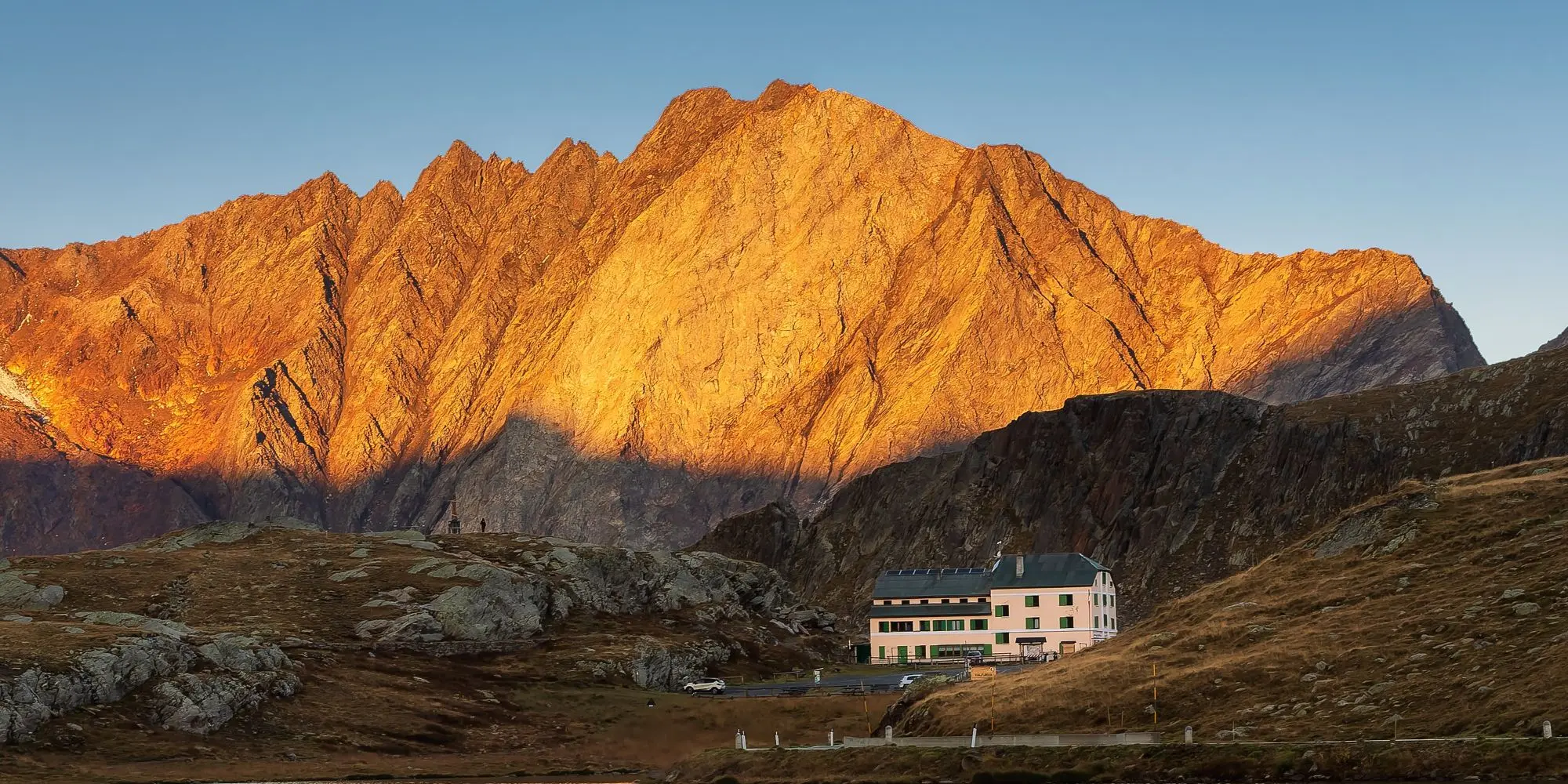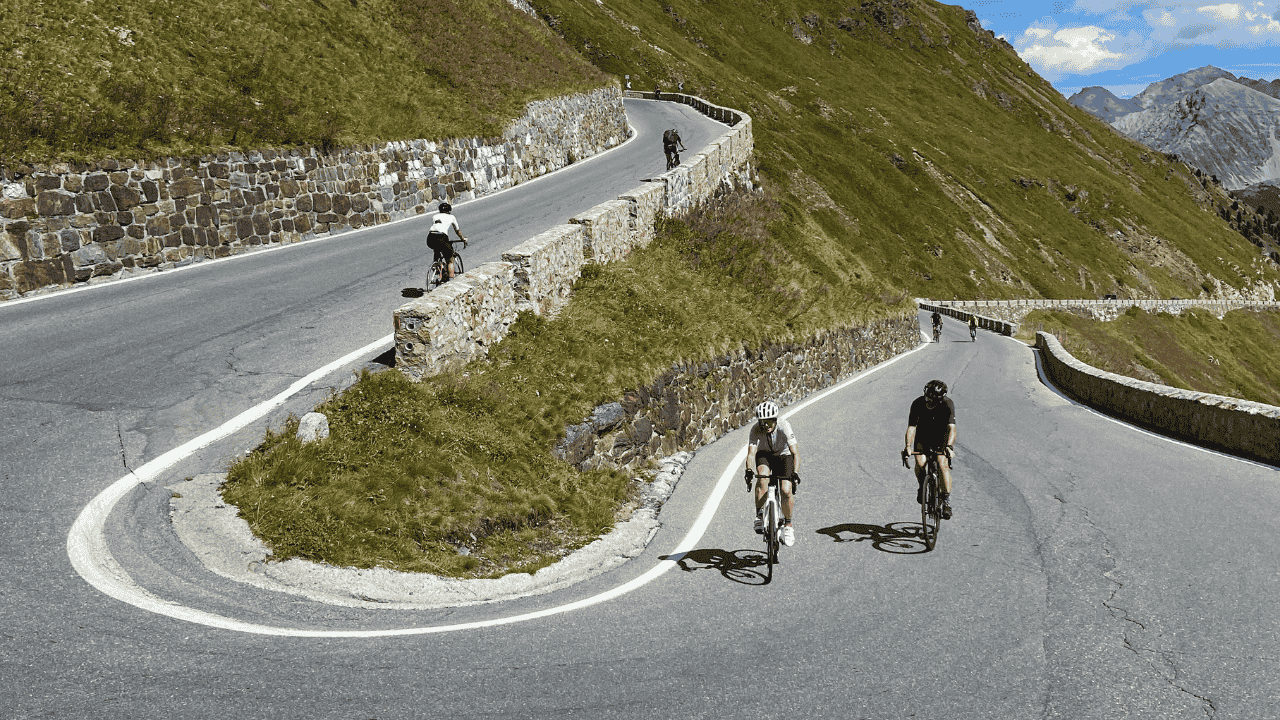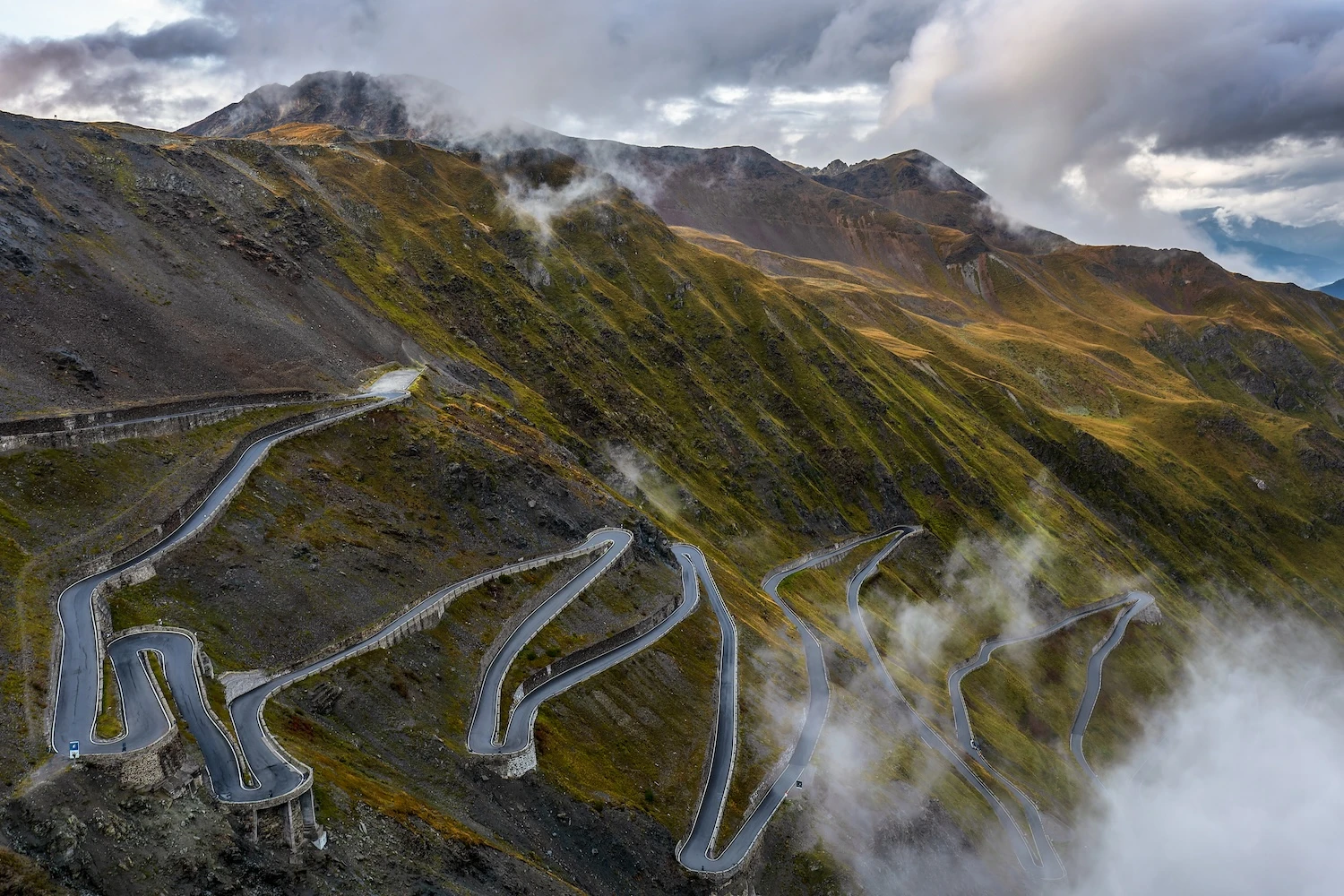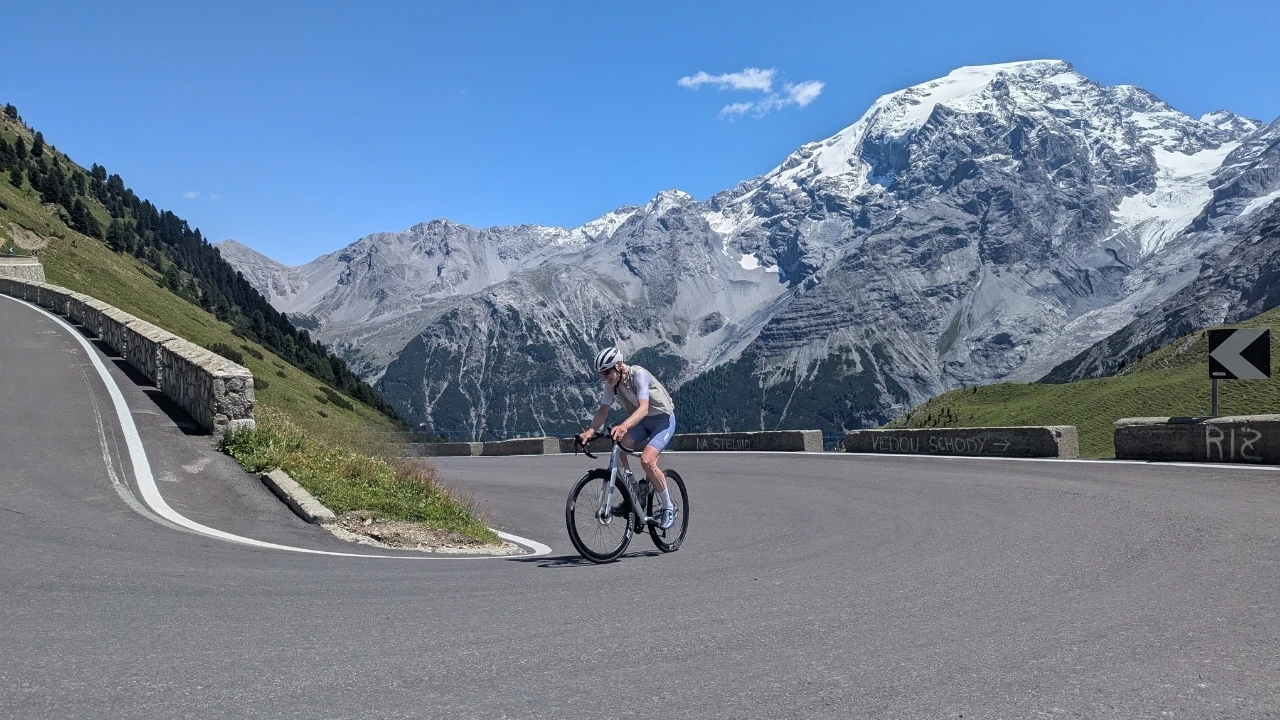Gavia Pass was initially included in the Giro d’Italia in 1960 when Italian rider Imerio Massignan crossed the summit first but it is its second crossing that it’s most famous for. The Gavia cemented its place in cycling and Giro d’Italia history thanks to the exploits of the American Andy Hampsten in the 1988 race.
In blizzard conditions that would certainly see the race stopped today Hampsten made it across the top and down the other side, beating the cold and his competitors to take the Maglia Rosa then go on to win the race. In now iconic scenes we are likely to never witness again and thanks to some forward planning (including the purchase of a pair of warm ski gloves) he triumphed and rode himself and the Gavia into cycling folk law forever.
Details
Riding Passo Gavia | Bormio
- From Bormio -
Leaving Bormio, the north side of the climb is the slightly easier of the two, but only by a fraction. The first four kilometres are shallow and steady before you reach a two kilometres stretch that averages close to 9%, just a taste of what lies ahead.
Unlike its neighbour the Stelvio the Gavia is not littered with hairpins having just 10 all clustered together past the village of Santa Caterina then after these it is an almost straight line to the top. What it does have though are some very tough kilometres of 10% plus climbing that will really punish your legs on their way to the exposed and often snow lined high altitude summit.

Points of Interest & Cycling Highlights
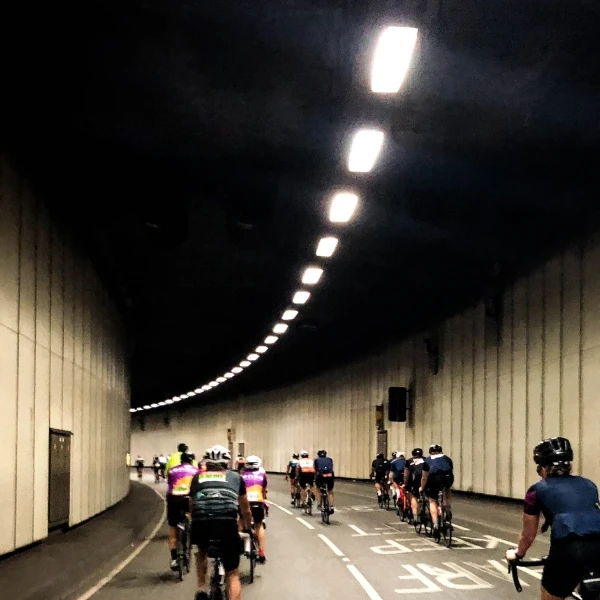
Tunnels
There are two tunnels on the climb’s northern flank and one on the southern side. They are very dark, often damp and exhilarating additions to both the ascents and descents.
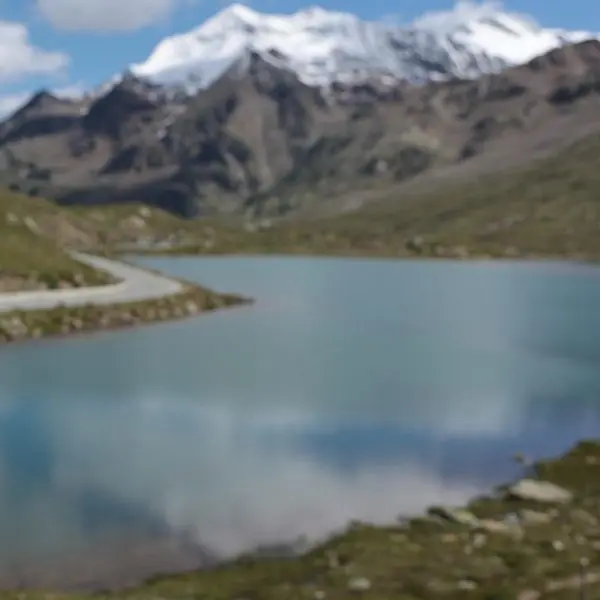
B&W Lakes
There are two lakes close to both sides of the summit, the Lago Nero (Black Lake) and Lago Bianco (White Lake) which according to a legend represent the impossible love of a young couple forced to separate.
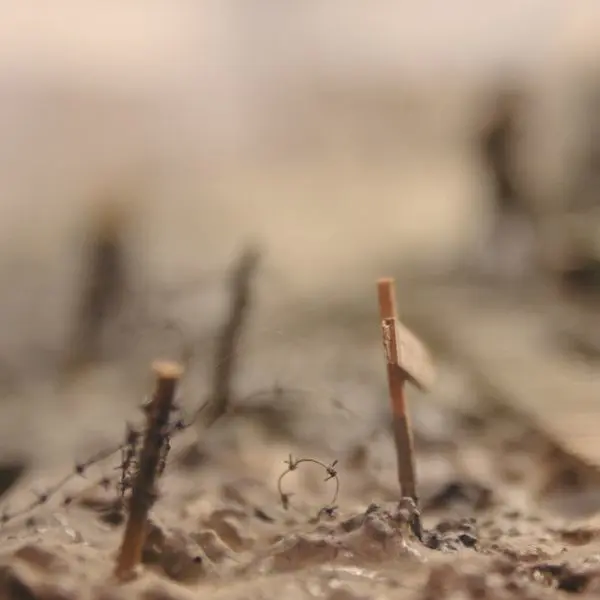
WWI
Like most of the passes in the region the Gavia was a key battleground during WWI and there is a monument to those who died during the Battle of San Matteo on its slopes.
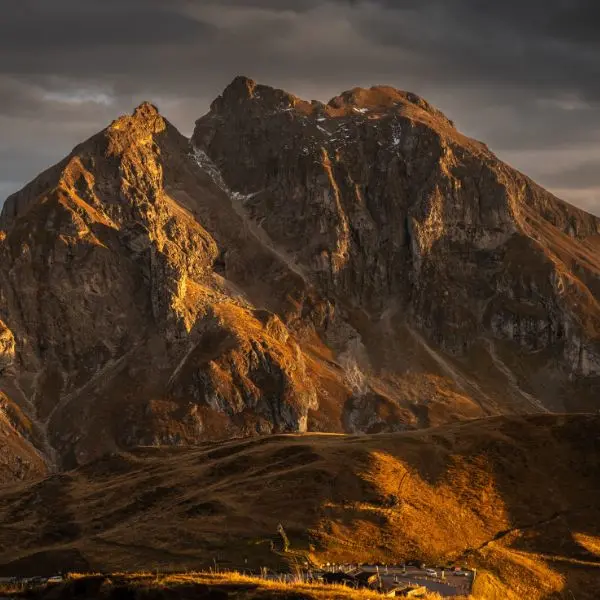
Peaks
The pass is very popular with mountain climbers with many peaks such as the Corno dei Tre Signori (3360 m), Monte Gaviola (3025m) and Monte Gavia (3223 m) accessible from the summit.
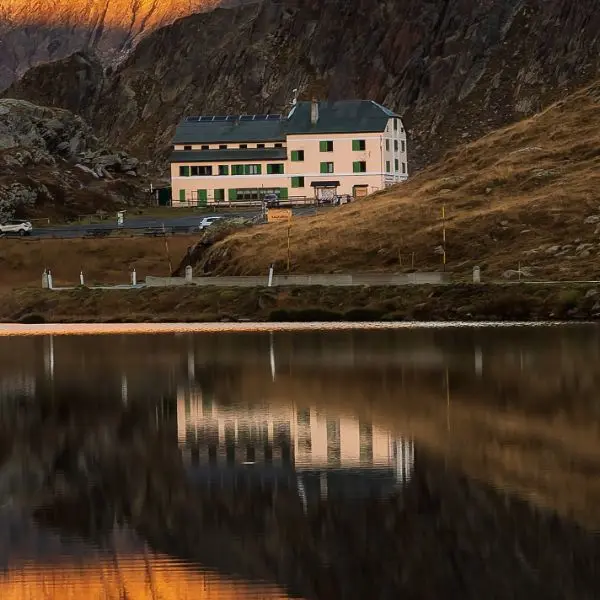
Rifugio Bonetta
At the top of the Pass is the welcome sight of the Rifugio Bonetta which was built in 1959 and has 37 rooms, a bar, and walls decorated with snowy Giro d’Italia photos.
“Every time we sent the race to the Gavia we were at the mercy of the weather, we’d plan for nine months then see our work undone by the Alpine climate.”

Bike Tours that Include Passo Gavia | Bormio
Let Us Help You Create the Perfect Cycling Adventure
Tell us about your dream tour, and we’ll send you customised recommendations. Let us show you why CyclingHero is one of the best cycling tour companies in Italy for avid cyclists.
